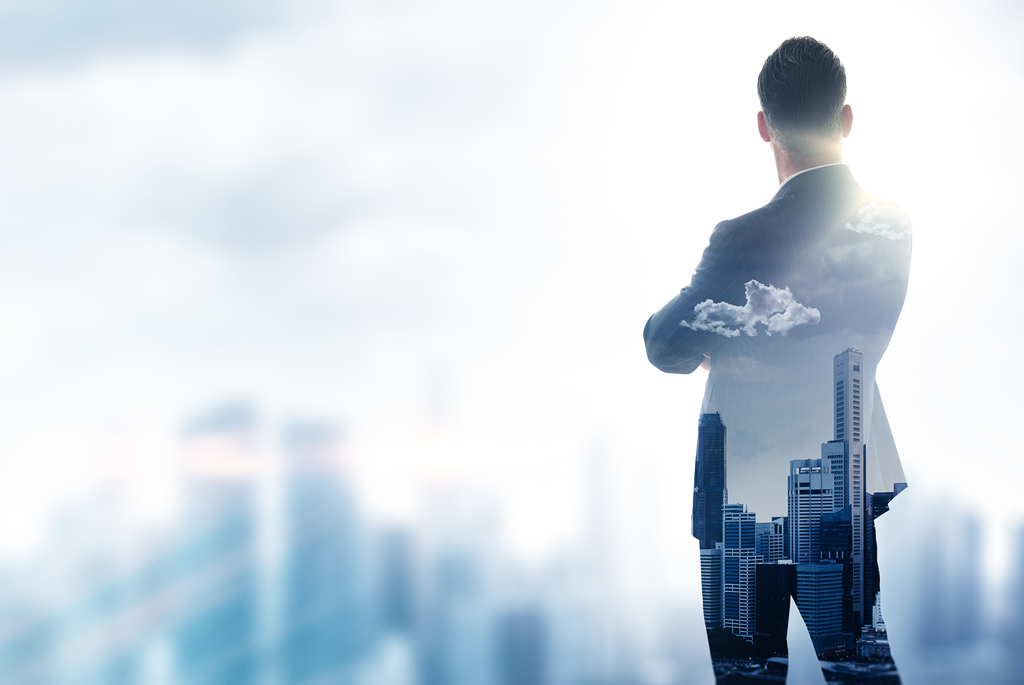The following is an excerpt by Acceleration Economy Analyst, Wayne Sadin which appeared in the Future Office of the CFO edition of the Acceleration Economy Journal. The September 2021 issue addressed the role executives play in technology investments, how automation architecture impacts business processes, developing partnerships for optimal business continuity, cybersecurity and risk mitigations, the importance of deep analytical skills, and much more.
As an Acceleration Economy Analyst, I was asked for my thoughts on the Future of the CFO. As a long-time CIO with no CFO education or experience, what opinions could I add about the future of the CFO role? Well, I was promoted into my first CIO role by a CFO who mentored me for eight years; I’ve been a C-Suite peer to several CFOs (some of whom were friends and others, foes); I’ve reported to a few CFOs (terrible idea even when they were great CFOs and great bosses); I’ve advised and even mentored a few CFOs. After all that, I have some opinions and thoughts, and maybe some basis for making predictions.
Here’s the most interesting thing I’ve learned about the CFO role vs. the CIO role: we’re the only two C-Suite execs who cut across organizational silos and get to see how data flows from end to end. What I mean by that is that most organizations are—unfortunately—siloed according to geography, or function, or product, and employees tend to see data move within their silo (up and down, usually) while remaining ignorant of what happens when they hand off data to an adjacent functional silo that handles the next step in a process (and don’t get me started on ignorance across product or geographic silos—it’s incredible that multiple groups can do the same stuff so many different ways in most organizations). The CFO’s organization has overarching responsibility for financial data flows from the ‘edges’ of an organization (i.e., customers, suppliers, regulators, bankers, and so on) to the various transaction journals and ledgers (subsidiary & eventually, general) that comprise the organization’s ‘books.’ Especially in today’s SOX world the CFO is responsible for attesting to the accuracy of the financial data, so they make it a point to review data at every point in its lifecycle.
In that regard, the CIO has a similar view of data: we look at how data flows from outside the organization to inside—and vice versa, how it flows vertically within silos, and how it flows from process step to process step across silo boundaries (ESPECIALLY how it flows across those boundaries, given that mistakes are more common at transition points than in the middle of most processes). I’d say that IT used to be different from the Finance team in that they look at financial data, and we look at ALL data—but as Finance has evolved, the distinction is shrinking fast: Finance has to know what we’re making, how customers are reacting, what competitors are doing, and just about every other fact to do their jobs! Another way we’re the same: we’re both ‘custodians’ of data generated and used by others. Neither IT nor Finance owns sales transactions, or manufacturing widgets, or taking customer service calls—but we’re both charged with specifying data collection requirements, validating data accuracy and completeness, categorizing data, and turning data into useful information for consumption by our ‘users’ from front-line employees to the C-Suite and BoD.
Given that commonality of approach and scope, maybe a CIO can speak about what’s changing in the CFO’s world—because it mirrors what’s changing in the CIO’s world!
The most significant change affecting both our worlds has been the evolution of data. Organizations for years (decades and even centuries) focused on operating ‘Systems of Record.’ These are systems (which include paper records in pre-computer days) that collect and store primarily historical financial data related to mainly internal processes for reporting reasons: Accounts Payable, Accounts Receivable, Inventory, Payroll, etc. IT had the job of recording this data, and Finance had the job of designing and vetting the reports that IT wrote.
Around 30 years ago, ‘Systems of Engagement’ were built atop and alongside Systems of Record: data about non-financial events collected at points of sales/service, more and more often collected automatically and in real-time, and used to drive decisions (“we’re upgrading you to First Class today”). IT started working with many corporate functions—notably Marketing—to efficiently collect vast amounts of new, mostly non-financial data and correlate myriad events in real-time. And Finance started analyzing the financial implications of everybody’s new offerings, bundles, decisions, and product choices.
As data exploded in quantity and complexity, and as the timeframe for decisions using that data shrunk apace, IT started feeling pressure to design and operate ‘Systems of Insight’ that turned ‘big data’ into tactical choices and strategic alternatives across the organization. And Finance was charged with validating, certifying, auditing exploding amounts of data in the face of increasingly complex regulations and laws.
This brings us to today
The pandemic has snarled supply chains, created uncertainty about work locations, injected enormous amounts of government money into economies all over the world, and compressed decades of digitization into a year or two. Organizations are trying to make decisions under great uncertainty—decisions that will shape their futures and the futures of entire industries as the economy continues to Accelerate.
Boards and investors are demanding that CFOs provide better data, faster. Regulators are demanding CFOs assure compliance with more laws and regulations. Beyond the ‘usual’ corporate demands on CFOs, social changes are adding to those demands. DE&I mandates affecting organizational composition from Boards on down require new kinds of regulatory reporting and new approaches to recruiting and promotions. ESG mandates from regulators and institutional investors are forcing CFOs to analyze an ever-increasing number of often poorly-understood ‘externalities’ (effects of an organization’s decisions on the broader world) as they oversee investments and M&A activities. The very nature of the corporation (‘Theory of the Firm’) is changing, as we move from hundreds of years of ‘shareholder primacy’ as doctrine—with an accompanying body of regulations and legal precedents to guide CFOs and CEOs—to emerging ‘Stakeholder Capitalism’ approaches that pressure CFOs, CEOs, and Boards to consider the interests of everyone affected by the organization’s business rather than the narrow interests of Shareholders.
The level of uncertainty introduced by many simultaneous rapid changes puts unheard-of pressure on the CFO—as the primary contact with investors and analysts and regulators—to remain on top of ‘hard’ regulations and ‘soft’ social and business changes, at the same time keeping control over the traditional day-to-day responsibilities of the CFO role.
Today’s CFO must combine all the skills of the past with an array of new skills that help navigate organizations as the Acceleration Economy really picks up speed this year and next year. As a CIO who faces similar pressures, it’s vital that IT and Finance work hand-in-glove to gather data and turn data into actionable information and valuable insights. IT and Finance were once pretty predictable, but that’s becoming less and less true. I’ll close with a quote that sums up the world of the CFO today: “Uncertainty is the only certainty there is, and knowing how to live with insecurity is the only security.” – John Allen Paulos










